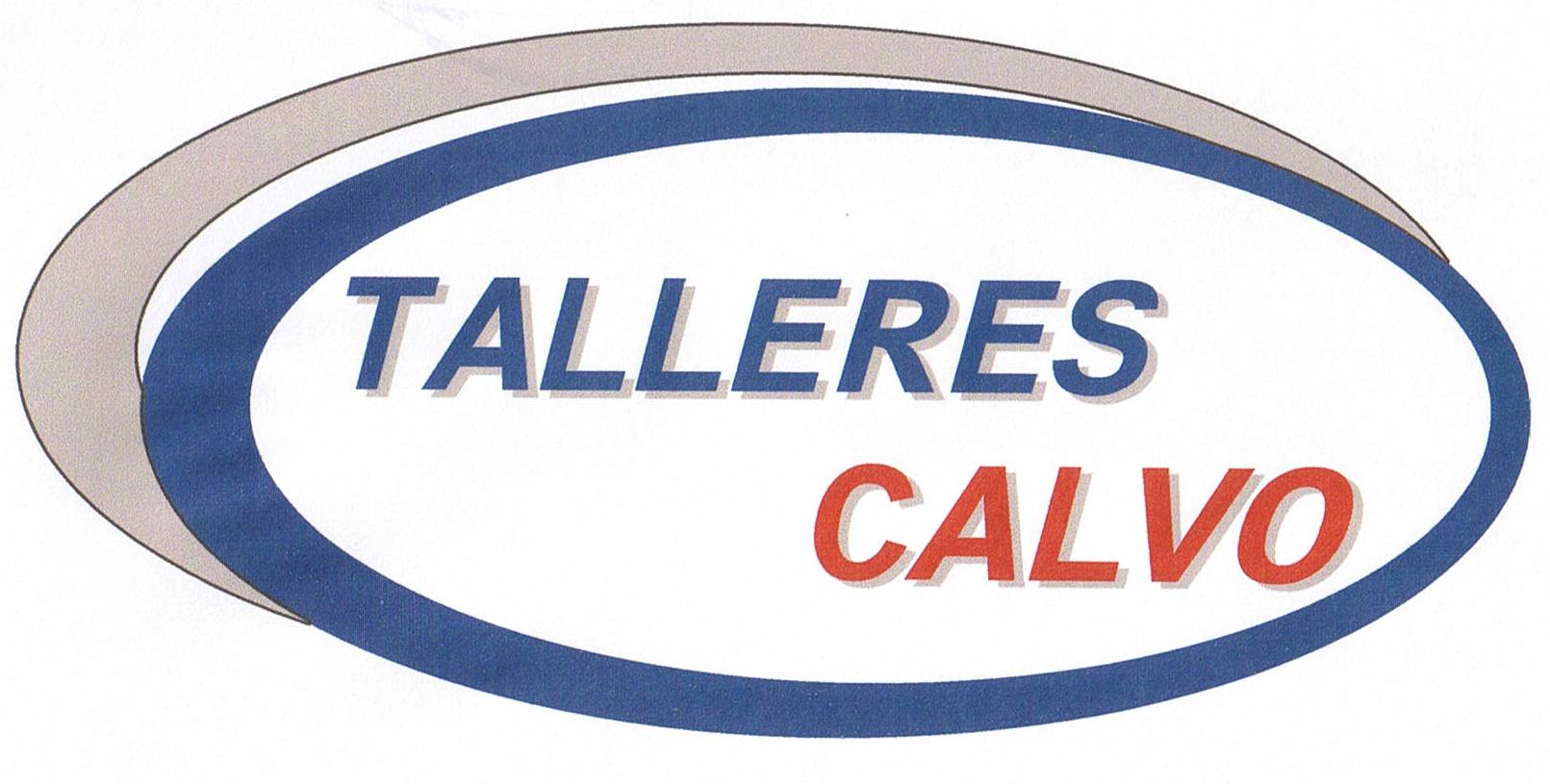A forward rate agreement (FRA) is a financial contract between two parties that determines the interest rate paid on a future transaction. In this article, we will discuss the key components of FRAs and how they work.
Firstly, it`s important to understand that FRAs are over-the-counter (OTC) derivatives, meaning they are privately negotiated between two parties instead of being traded on a public exchange. The two parties involved in an FRA are usually financial institutions, such as banks or investment firms.
In an FRA, one party agrees to pay a fixed interest rate to the other party on a predetermined notional amount for a specific period of time in the future. The notional amount in an FRA represents the amount of money the interest rate is based on and does not actually change hands.
For example, let`s say Bank A agrees to pay Bank B a fixed interest rate on a notional amount of $1 million for a period of six months, starting in three months` time. If the fixed interest rate agreed upon in the FRA is 2%, Bank A will owe Bank B ($1 million x 2% x 6/12) $10,000 at the end of the six-month period.
The purpose of an FRA is to hedge against interest rate risk. If interest rates rise during the period covered by the FRA, Bank A will have locked in a lower, fixed interest rate, which will save them money. Conversely, if interest rates fall during this period, Bank B will have benefited from the fixed interest rate agreed upon in the FRA.
It`s worth noting that FRAs are settled in cash, meaning no physical exchange of money takes place. The party owing the fixed interest rate simply pays the other party the agreed-upon amount at the end of the transaction period.
In conclusion, FRAs are a useful financial tool for managing interest rate risk. By agreeing to a fixed interest rate on a notional amount for a predetermined period of time, financial institutions can protect themselves against unpredictable fluctuations in the market.
